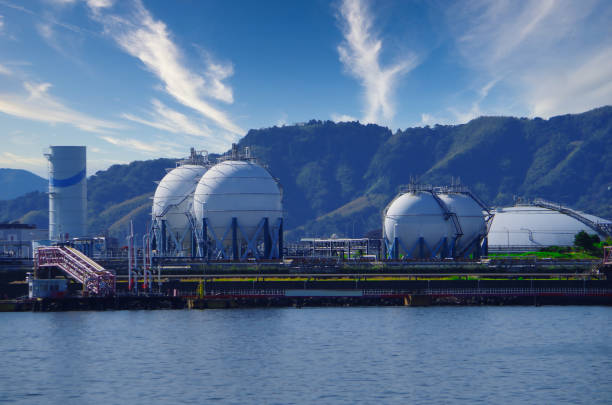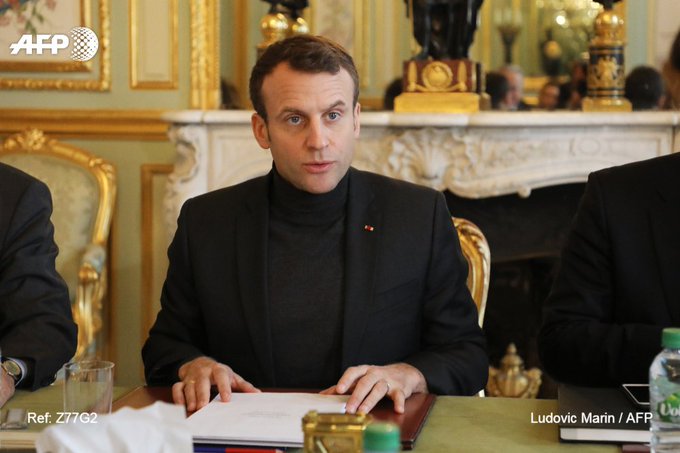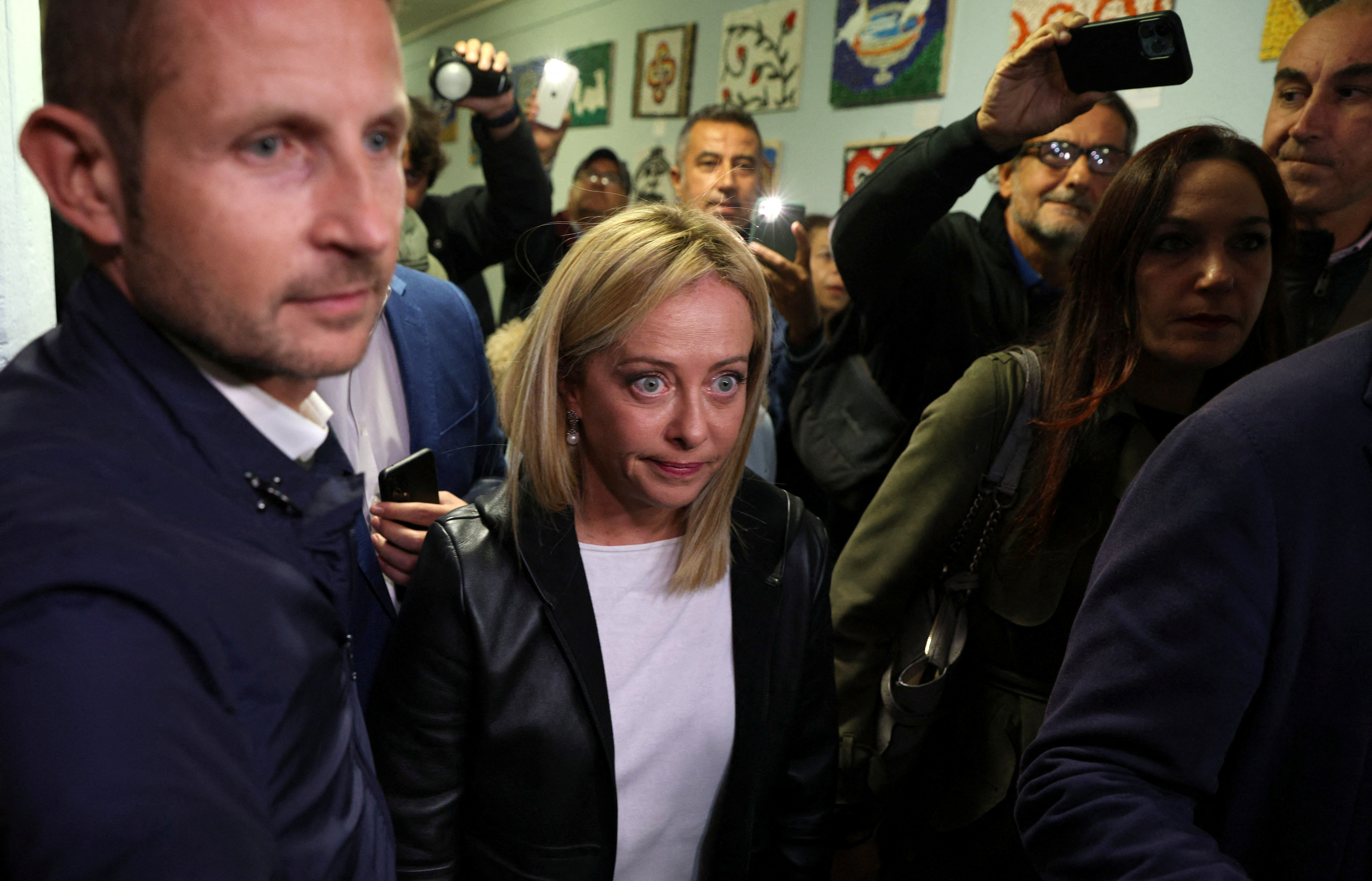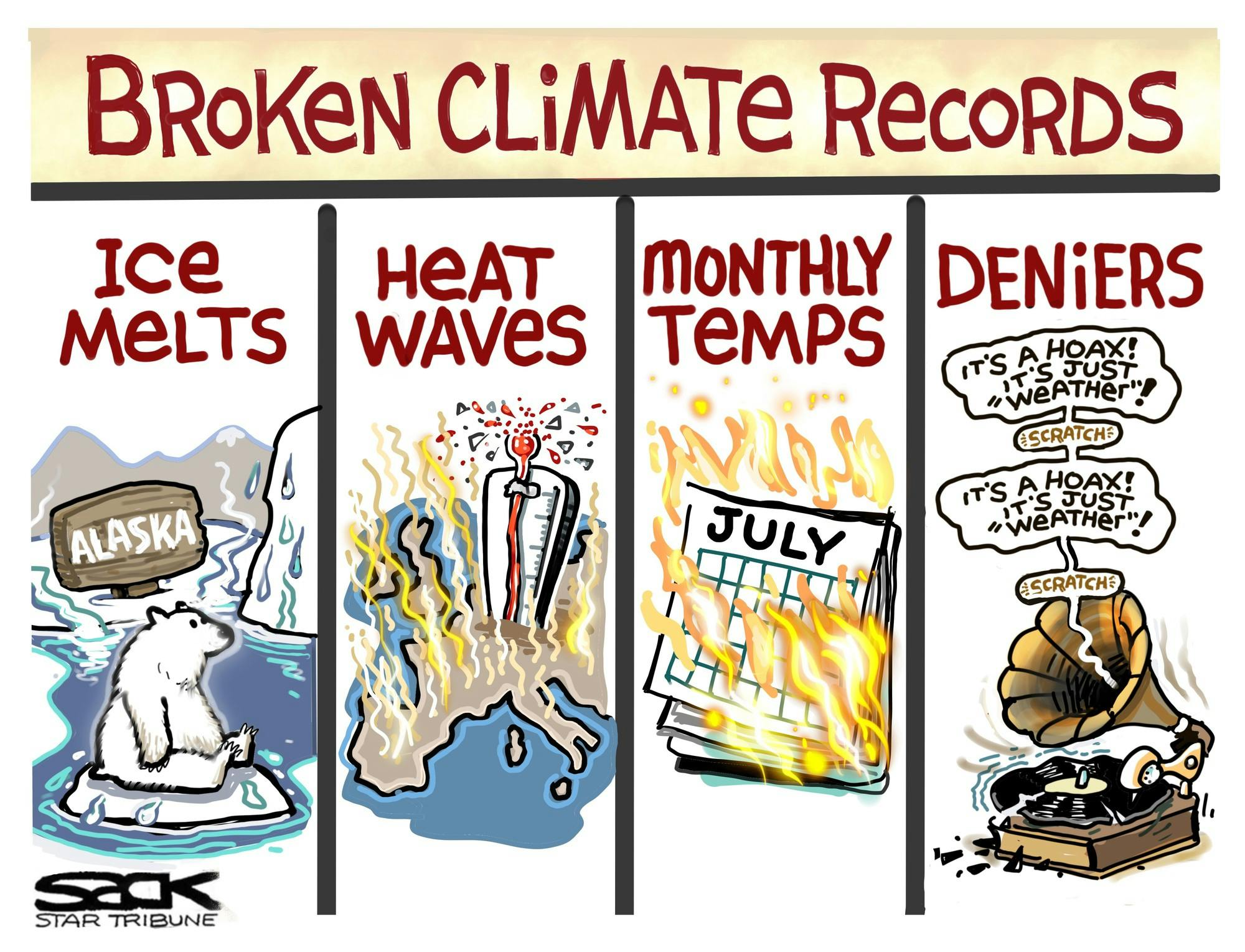October 16, 2022
Natural Gas in Our Politics and Future

Senator Joe Manchin (D-WV), in his negotiations with Senator Chuck Schumer (D-NY), negotiated a separate deal to allow the Mountain Valley Pipeline (MVP) to be built in his state if he would sign on to the Inflation Reduction Act (it needed all 50 Democratic Senators). See last months (September, 2022) Environmental Report. It was one of the dirty spots in a bill that was meant to be clean. He made it palatable in his own mind by calling it part of the natural gas “bridge” and wanted the Environmental Protection Agency and other federal permitting agencies to fast-track his pipeline and all the others trying to be built. The MVP was held up by a Clean Water Act violation – Manchin’s idea was to allow that to be overlooked. When it came to light there were a number of demonstrations by environmentalists and complaints by other congress people. The MVP has now been halted.
Mountain Valley Pipeline (MVP) to be built in his state if he would sign on to the Inflation Reduction Act (it needed all 50 Democratic Senators). See last months (September, 2022) Environmental Report. It was one of the dirty spots in a bill that was meant to be clean. He made it palatable in his own mind by calling it part of the natural gas “bridge” and wanted the Environmental Protection Agency and other federal permitting agencies to fast-track his pipeline and all the others trying to be built. The MVP was held up by a Clean Water Act violation – Manchin’s idea was to allow that to be overlooked. When it came to light there were a number of demonstrations by environmentalists and complaints by other congress people. The MVP has now been halted.
Here are a few facts about natural gas. It’s an odorless, colorless gas mostly made of petroleum hydrocarbons, especially methane (CH4). In the U.S. it accounts for about 38% of our energy. The rest looks like this: coal, about 22%, nuclear, roughly 19%, renewable energy is at 20% and petroleum sources make up the final fraction. Natural gas comes to us in various forms such as compressed, liquid or renewable natural gas – CNG, LNG, & RNG. It’s about 80% more powerful as a greenhouse gas than CO2 and it is escaping from petroleum facilities into the atmosphere at alarming rates.
CNG is gas that is compressed up to 3,600 pounds per square inch, and has various uses. It’s being burned in vehicles and is similar to gasoline in its green house gas emissions. LNG is a higher cost form of commercial natural gas that is liquefied through a special process that removes impurities and makes it possible to become a clean liquid. It is much denser than gaseous methane and makes it very useful for trucks to carry in their special gas tanks. RNG is produced from biodegradable sources like those produced from agricultural sources, water treatment plants, landfill materials and other sources that use an anaerobic digestor or some other type of process that converts biodegradable material into gas. It is not a fossil fuel but is still mostly methane which is a powerful greenhouse gas and when burned as fuel breaks down into CO2 (carbon dioxide) and H2O (water).
 Europe is facing an energy crisis due to the Russian-Ukraine war and is losing its source of natural gas since Russia has cut off its supply in retaliation to Europe’s support of Ukraine. The sabotaged Nord Stream 1 and 2 gas pipelines across the Baltic Sea are the strongest possible message that Europe will not be getting its regular allotment of gas from Russia. Nord Stream 1 and Nord Stream 2 (see map) are really two pipelines in each system making it four pipelines. Three of those four have been damaged. The fourth pipeline has been depressurized to halt gas flow. Russia disavows any knowledge of the sabotage but has expressed suspicion about the United States’ C.I.A.
Europe is facing an energy crisis due to the Russian-Ukraine war and is losing its source of natural gas since Russia has cut off its supply in retaliation to Europe’s support of Ukraine. The sabotaged Nord Stream 1 and 2 gas pipelines across the Baltic Sea are the strongest possible message that Europe will not be getting its regular allotment of gas from Russia. Nord Stream 1 and Nord Stream 2 (see map) are really two pipelines in each system making it four pipelines. Three of those four have been damaged. The fourth pipeline has been depressurized to halt gas flow. Russia disavows any knowledge of the sabotage but has expressed suspicion about the United States’ C.I.A.
The EU countries have enough LNG and other sources to get through this coming winter. In the Spring, depending on how cold it gets, things could get very serious. There is disagreement by the individual EU countries in how to deal with this situation. Some EU officials are advocating for a joint funds borrowing system for all 27 countries in the EU bloc. The European Commission’s President, Ursula Von der Leyen, has introduced a price cap for debate. Other ideas are also being considered.
The New York Times reports Macron is introducing France to an “era of sobriety” when it comes to dealing with energy shortages.
It is estimated that if Russia completely halts gas to Europe it would be equivalent to a 15 percent decrease in the amount of gas consumption by the bloc countries. Therefore, EU countries go along with targeted conservation measures stipulated by the European Commission to drop gas consumption by 15 percent by next March. The Commission is requiring national authorities to monitor reduction implementation measures and report every other month. It would mainly apply to industries and public buildings. “Protected customers”, such as households, hospitals, and schools would be exempt. The overall plan is to wean Europe away from imports and accelerate the transition to renewable energy. A price cap on gas is not yet part of the Commission’s plan but the debate on that subject is not finished.
Germany seems to be taking a different route than France. They’re proposing a plan to subsidize power next year for rate payers through payments to power companies. Along with Denmark and the Netherlands, they oppose any price cap idea and also are against any kind of joint borrowing plan. The EU, in general, is taking a reasonable course by debating and collaborating but it rings back to previous disagreements over less controversial issues.
 Italy is taking a completely different direction regarding gas supplies. They have elected a new prime minister, Giorgia Meloni, the leader of the far right party, the Brothers of Italy. Her plan is to embrace gas and build new natural gas import terminals, subsidize new drilling in Italy, and rely on two Italian corporations, Eni, the oil & gas giant and Snam, the pipeline company. Italy, like other countries, has also suffered by the wrath of climate change in the form of drought, floods, and extreme weather. While the party can’t deny climate change, it certainly is ignoring the rest of Europe’s plan and chooses fossil fuel development.
Italy is taking a completely different direction regarding gas supplies. They have elected a new prime minister, Giorgia Meloni, the leader of the far right party, the Brothers of Italy. Her plan is to embrace gas and build new natural gas import terminals, subsidize new drilling in Italy, and rely on two Italian corporations, Eni, the oil & gas giant and Snam, the pipeline company. Italy, like other countries, has also suffered by the wrath of climate change in the form of drought, floods, and extreme weather. While the party can’t deny climate change, it certainly is ignoring the rest of Europe’s plan and chooses fossil fuel development.
We should all keep these things in mind and recall that the path to a deliberate solution for climate change is not going to happen quickly. To their credit, the Europeans actually have a commission to exchange ideas that could help in uniting the EU Bloc behind a plan. This coming election in the U.S. is really important and could effect our path toward a solution or not, depending on the outcome in key races. We just need the forum to put our heads together and collaborate on an equitable way to stop causing more global warming. It’s sad that we have adapted an economics that can’t see the Earth as a planet to be part of and not to be at war with; and not to exploit for profits as the bottom line. We have moved past that philosophy. The “Balance Sheet” has generally ignored the Earth’s health and now has to be balanced to show how much was protected in the process of making those profits; how much water, land and air was polluted; how many species were killed in the process; and how we took steps to prevent that. Otherwise it’s a loss to us all. Especially to the future – and future generations. We could be an election away from making that happen, and the people have to let their concerns be known.
Sources of Bay Area Activities and Events
Friends of the Earth – located at the David Brower Center, Berkeley.
350BayArea – Includes other 350.org branches in the Bay Area.
Planet Drum – San Francisco bio-region awareness center.
Ecology Center – Berkeley sustainability center.
David Brower Center – The environmental center in Berkeley.
Sunflower Alliance – Bay Area umbrella organization for activism.
Sierra Club San Francisco Bay – Bay Area website.

The End